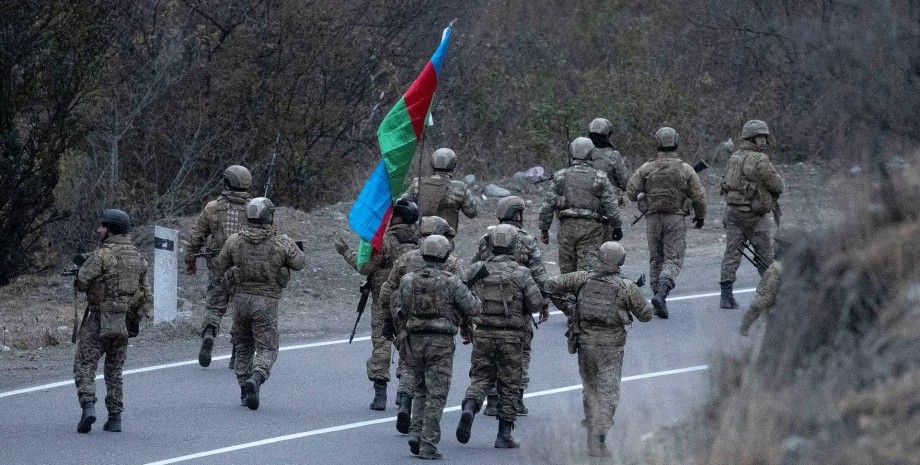
 By Eliza Popova
By Eliza Popova
The focus in one material gathered information about what the situation in the Caucasus is now and what both sides of the armed confrontation have agreed. On the night of September 12 to September 13, hostilities began between Armenia and Azerbaijan. The Armenian National Committee of America reported that the enemy's armed forces were striking in the border areas.
According to local media, on September 13 at 00:05 Azerbaijan's army began firing Armenia Armenia positions from artillery and large -caliber tools in the direction of Goris, Sotka and Jermuk. Also on social networks there was information about the attraction of drones in several areas of the country in order to identify the fortifications of the enemy.
The Ministry of Defense of Azerbaijan, for its part, accuses Armenia's armed forces of sabotage in Dashzansky, Kalabadzharsky and Lachinsky directions. According to the agency, the mines of supply between the positions of the units of the Azerbaijani army in different directions led to the escalation of the conflict in the Caucasus. Armenian Prime Minister Nicol Pashinyan called the Russian President Vladimir Putin due to renewal of fighting.
On the night of September 13, a meeting of the Security Council of the country was also held, as a result of which they made a decision to request military assistance from the member states of the organization of the Collective Security Agreement (ODCB). Nicol Pashinyan, commenting on the escalation of the conflict in the Caucasus, reported that at least 49 Armenian servicemen have been killed since the beginning of new fighting.
According to the Prime Minister of the country, the final figure of victims requires clarification by the Ministry of Defense. The US State Department responded to the restoration of hostilities in the Caucasus and stated the inadmissibility of the task of strikes on civil infrastructure. The State Department Head Anthony Blinken also noted that the military resolution of the conflict between Azerbaijan and Armenia could not be.
In the morning of September 13, the Azerbaijani media appeared that Baku and Yerevan had agreed to cease fire, which will be valid from 9:00 local time. "After a large -scale provocation of Armenia's armed forces on the state border and measures, the Azerbaijan was reached at 09:00, the ceasefire regime was reached," the Trend local agency reported.
Journalists also argued that after the Armenian Armenian agreements, they allegedly fired at the Azerbaijani positions, but until 9:15 the silence regime was restored. The CCU Secretariat responded to the escalation of the conflict in the Caucasus and said that it condemned the use of force by both parties to the conflict.
The organization believes that the fighting between Azerbaijan and Armenia should be regulated exclusively by political and diplomatic methods and agreements that were enshrined in the statements of the leaders of the countries, including Russian President Vladimir Putin.
"In connection with the appeal of the Armenian side to the Collective Security Council of the CPU to assist the Republic of Armenia, the Secretariat of the Organization, together with the United States Staff, organized work on attracting the mechanisms of the CDU to resolve the situation," the statement reads.
Reuters, referring to the press service of the Elysee Palace, reports that France plans to convene an extraordinary meeting of the UN Security Council through the escalation of the conflict in the Caucasus. "France will violate the topic of collisions between Armenia and Azerbaijan in the UN Security Council. Emmanuel Macron continues to urge both parties to adhere to the ceasefire regime," the French President quoted in the office of Reuters said in a statement.


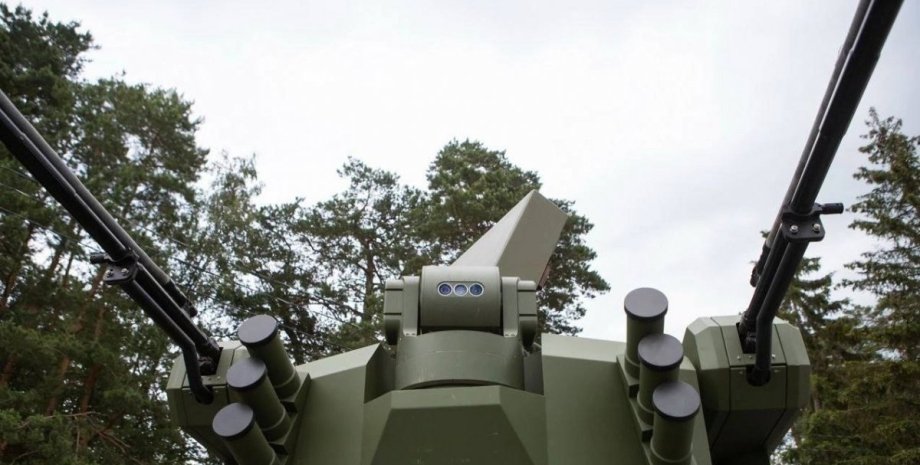
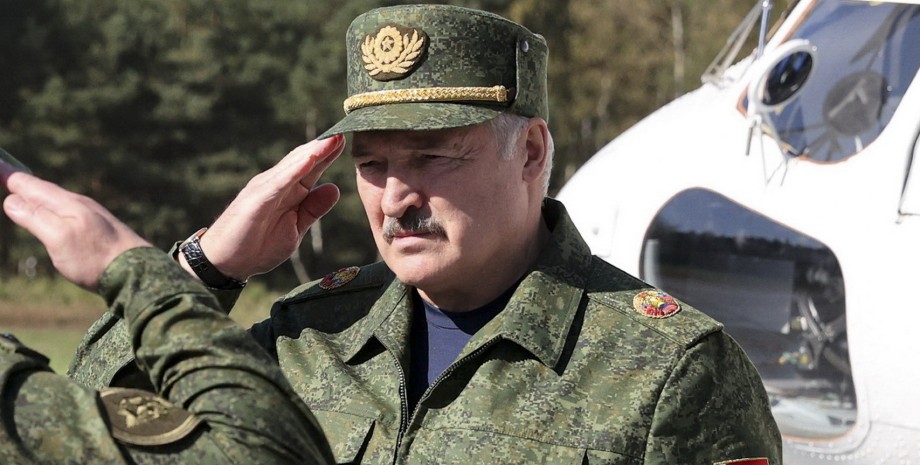
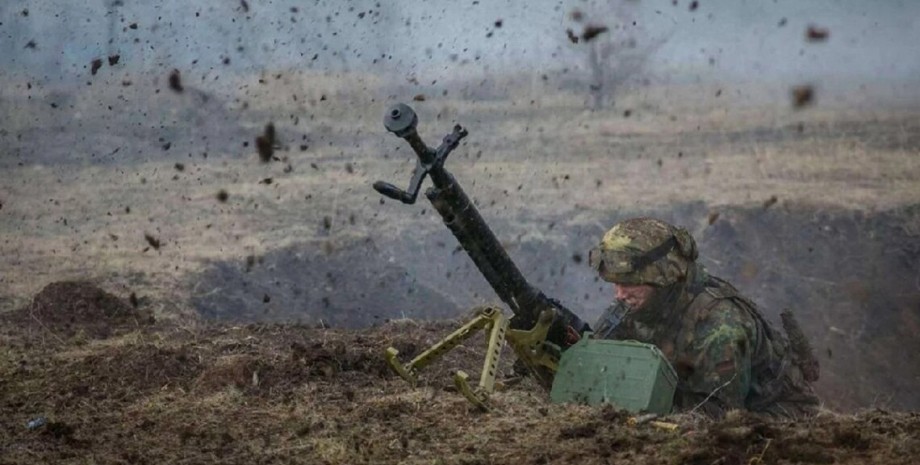

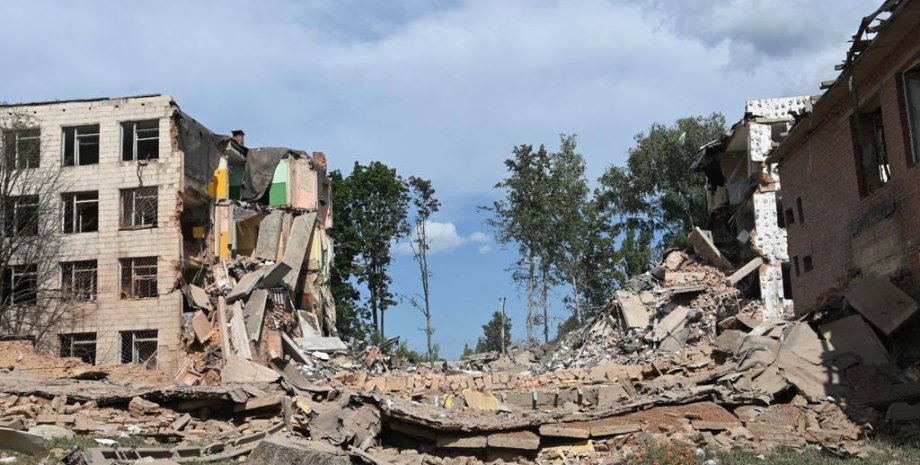

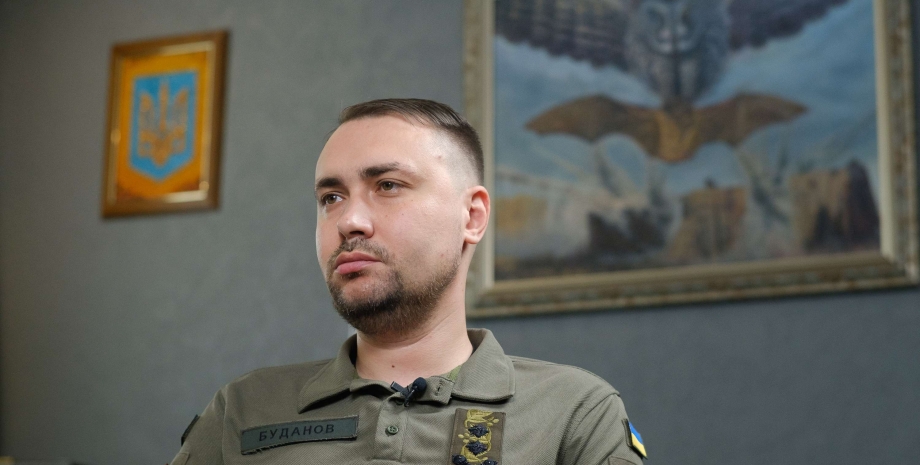
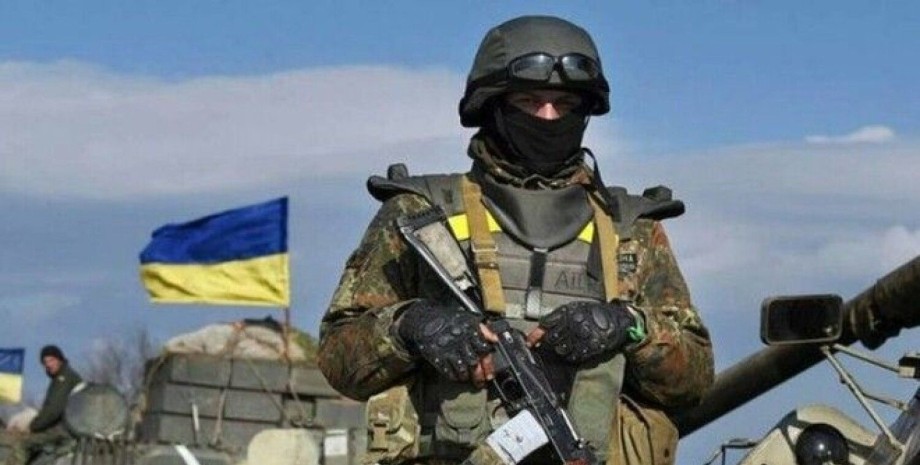
All rights reserved IN-Ukraine.info - 2022